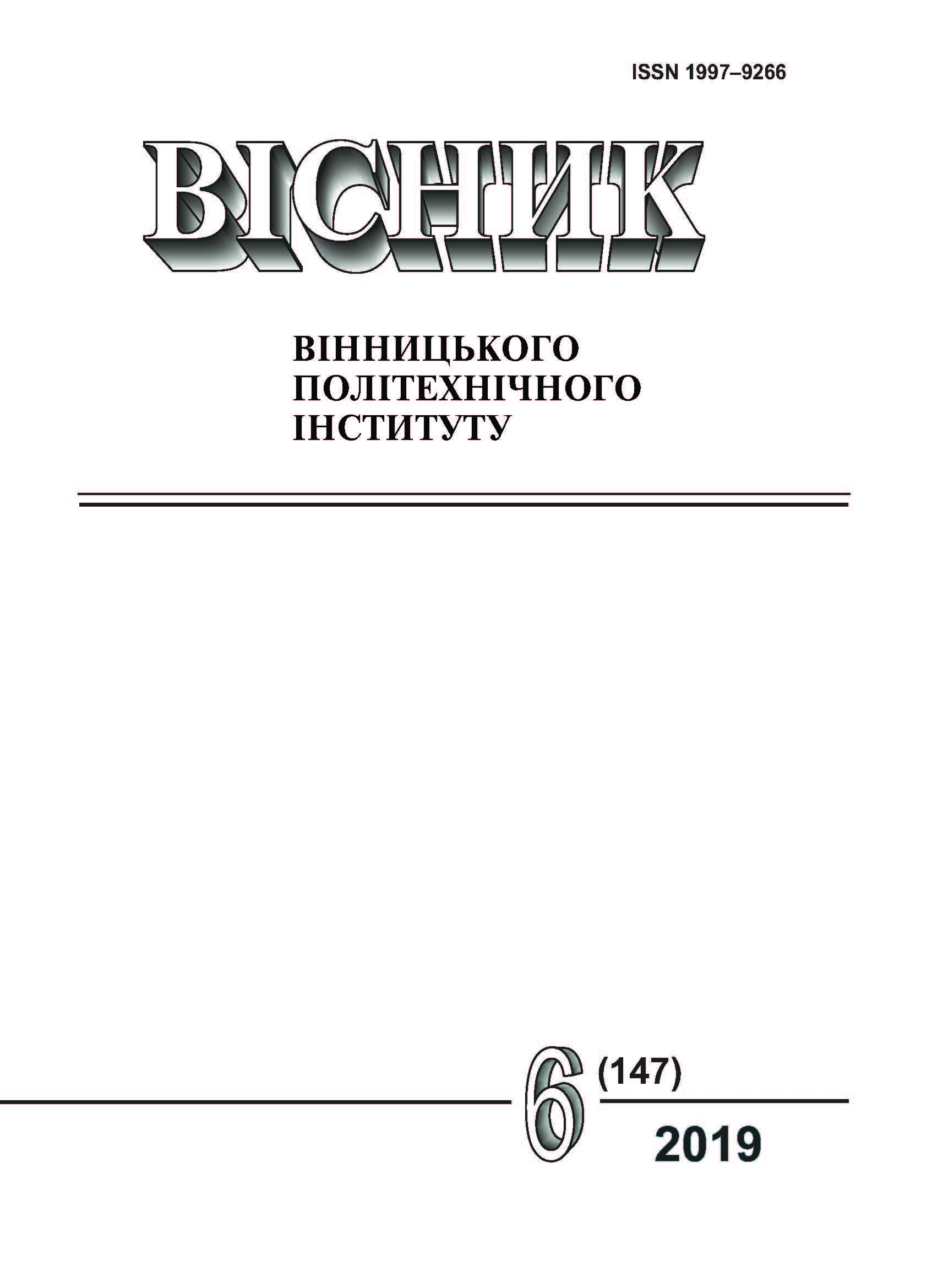Formation of Agents’ Competences in Multi-Agent System Oriented on Business Operation Execution
DOI:
https://doi.org/10.31649/1997-9266-2019-147-6-91-98Keywords:
organization-technical system, business operation, intellectual agent, model, knowledge baseAbstract
Robotization of the organization-technical systems provides using software bots for each business operation. The software bots functionality related to the executing human will cause the problem of agents’ competency formation in a multi-agent system with orientation on business operations execution. The problem-oriented questionary language is the impotent component of communication process. This language is applied by user (future h-agent) for creating structure and content of competence for defined business operation. And this language is applied for supplying dialogue between h-agent and bot (b-agent). The set of models has been designed for solution of the task of construction of most adequate structure of verbal images system. This verbal images system represents content of business operation and interprets phrase in agents’ dialogue process. Wherefore the set of text processing operators needed for interpretation has been designed. The formal model of phrase interpretation can be used in the process of b-agent learning to getting any role. This formal model is used in the process of mutual functioning of b-agent and human. Also this formal model can be used for any language without implementation of grammar analysis. The specialized service model of organization-technical system for development of information technology for agent competencies formation in a multi-agent system is proposed. This model, unlike the existing ones, is based on the use of an intellectual agent, and includes an agent model, an agent competence model, a set of natural-language interpreting models, and a base of knowledge. In this case designed model can build a controlled multi-agent system for executing business processes with quick adaption to new business operations. The complex of models for the intellectual agent competence formation is offered. This complex, unlike the existing ones, contents the model of questionary language, the conceptual and formal models of phrases interpretation, the model of definition the most important aspects of business operation, and knowledge base. Used knowledge base allows to quickly form various competencies of agents in the dialogue between user and agent with minimal use of programming languages.
References
Н. Б. Паклин, и В. И. Орешков. Бизнес-аналитика от данных к знаниям. Санкт-Петербург, Россия: Питер, 2013. 704 с.
М. Месарович, и Я. Такахара, Общая теория систем: математические основы. Москва, Россия: Мир, 1978. 312 с.
В. В. Бескоровайный, «Системологический анализ проблемы структурного синтеза территориально распределенных систем,» Автоматизированные системы управления и приборы автоматики, вып. 120, с. 29-37, 2002.
В. П. Тарасик, Математическое моделирование технических систем. Москва, Россия: ДизайнПРО, 2004, 640 с.
А. А. Тимченко, Основи системного проектування та аналізу складних об’єктів. Київ, Україна: Либідь, 2000, кн. 1, 272 с.
J. Boner, Reactive Microservices Architecture. Design Principles for Distributed Systems. United States of America: O’Reilly, 2016, 48 p.
M. Richards, Microservice s vs. Service-Oriented Architecture. United States of America: O’Reilly, 2016, 45 p.
M. Richards, Microservices, AntiPatterns and Pitfalls. United States of America: O’Reilly, 2016, 55 p.
I. Nadareishvili, R. Mitra, M. McLarty, аnd M. Amundsen, Microservice Architecture. Aligning Principles, Practices, and Culture. United States of America: O’Reilly, 2016, 128 p.
I. Oksanych, I. Shevchenko, I. Shcherbak, аnd S. Shcherbak, «Development of specialized services for predicting the business activity indicators based on micro-service architecture,» Eastern-European Journal of Enterprise Technologies, vol. 2, issue 2(86). рр. 50-55, 2017. https://doi.org/10.15587/1729-4061.2017.98991 .
А. А. Таль, «Анкетный язык и абстрактный синтез минимальных последовательностных машин,» Автоматика и телемеханика, т. 25, вып. 6, с. 946-962, 1964.
А. Ф. Лосев, Введение в общую теорию языковых моделей. Москва, Россия: Эдиториал УРСС, 2010. 296 с.
Downloads
-
PDF (Українська)
Downloads: 185
Published
How to Cite
Issue
Section
License
Authors who publish with this journal agree to the following terms:
- Authors retain copyright and grant the journal right of first publication.
- Authors are able to enter into separate, additional contractual arrangements for the non-exclusive distribution of the journal's published version of the work (e.g., post it to an institutional repository or publish it in a book), with an acknowledgment of its initial publication in this journal.
- Authors are permitted and encouraged to post their work online (e.g., in institutional repositories or on their website) prior to and during the submission process, as it can lead to productive exchanges, as well as earlier and greater citation of published work (See The Effect of Open Access).





